Welcome to the latest edition of workout wednesday when each week I share a new running or runner-specific strength training workout.
This week we are talking about core stability and strength. As runners, core strength is important to keep proper form, to provide a stable base between the lower and upper body and to power our stride. You don't need to spend hours in the gym or devote your life to strength training to reap the benefits of runner-specific core work. Spend 5-10 minutes on core exercises before you hit the road for your next run. You'll help activate running muscles and core training can be part of your warm up before you hit the road.
This post contains affiliate links. That means if you click on a link and make a purchase, I make a small percentage of the sale with no additional cost to you. No one is getting rich here, it just helps with the cost associated with running (pun intended) this blog. Thanks, as always, for your support.
EQUIPMENT
STABILITY BALL
You can work to strengthen your stabilization muscles and joints by providing an unstable, but controllable base like a stability ball. Some of the benefits of balance and stabilization training for runners are improved joint stability, increased flexibility, improved posture control, improved balance and coordination.
Core Stability Ball Training. Save to Pinterest for later. Download a printable PDF of this workout.
CORE STABILITY BALL TRAINING WORKOUT
BALL CRUNCH
Position the stability ball under the small of your back. Place your hands behind your head, do not pull on your neck, and lift your shoulders and chest up into a crunch. Engage your abs and hold for 3 seconds in top position. Slowly lower back to the starting position. For an added challenge hold a medicine ball for additional resistance. Perform 12 repetitions before moving onto the next exercise.
BALL SQUATS
Place the ball against a wall and position the ball in the middle of your back. With your feet about hip width apart and your toes pointing straight ahead, walk your feet forward. Lower yourself into a squat until your thighs are parallel to the floor, like you are sitting in an invisible chair. Be careful not to lean back into the ball, but use it as a guide to lower yourself. Once in the low position, press through the heels and push back up to standing. For an added challenge hold a medicine ball at your chest. Perform 12 reps before moving onto the next exercise.
BRIDGE WITH HAMSTRING CURLS
Lie on your back with the stability ball positioned under your calves. Lift your hips off the ground into the starting bridge position, engage your abs and glutes. Bend your knees and lift your hips to curl the ball towards your body. Straighten your legs back out and perform 12 repetitions without lowering your hips to the ground.
STRAIGHT ARM PLANK WITH TUCK
Position the stability ball under your thighs and walk your hands out until you come into a high plank position with your shoulders directly over your wrists and the ball under your shins. Pull your knees in towards your chest to roll the ball forward, then straighten your legs to return the ball to the starting position. Do not to lower the hips between reps. Perform 12 repetitions, take a one minute break then repeat the circuit one or two more times.
Do you work in core and stabilization exercises into your running routine? Give this one a try and let me know what you think on Instagram, Twitter or in the comments!
download a printable PDF core stability workout
Did you like this post? Do you know one person who might benefit from it? It helps me grow when you share with your friends and followers.
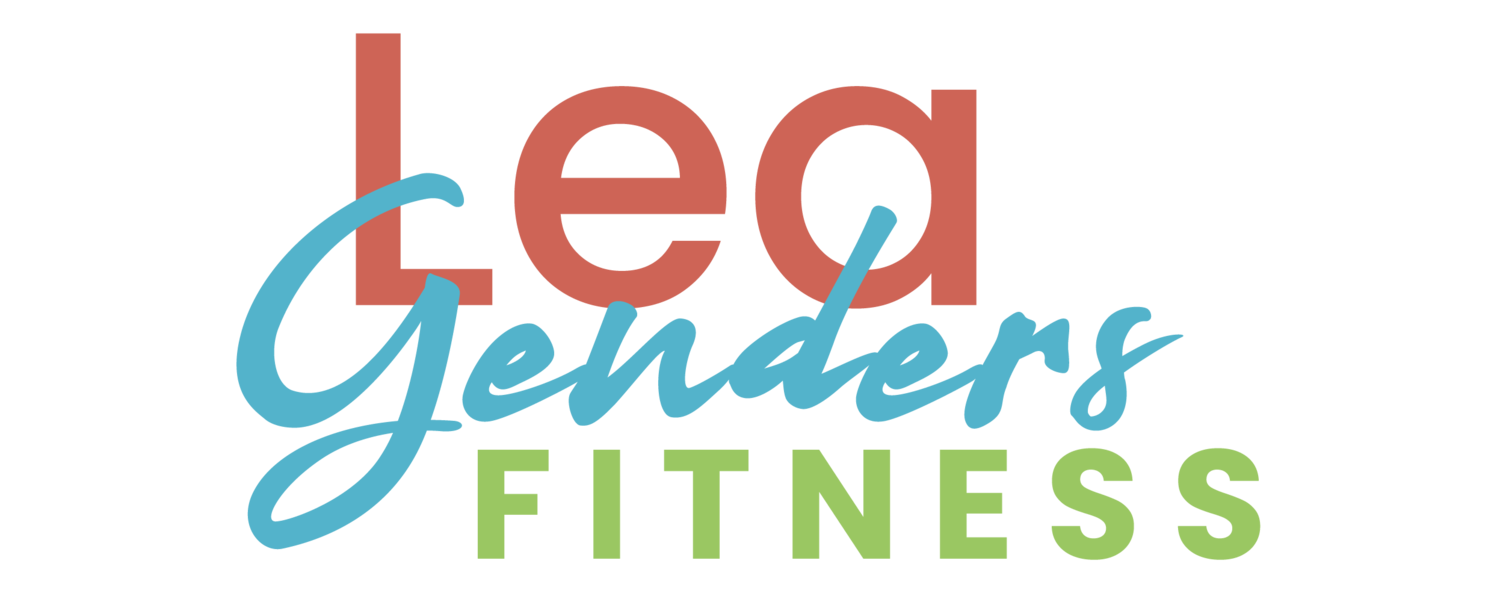
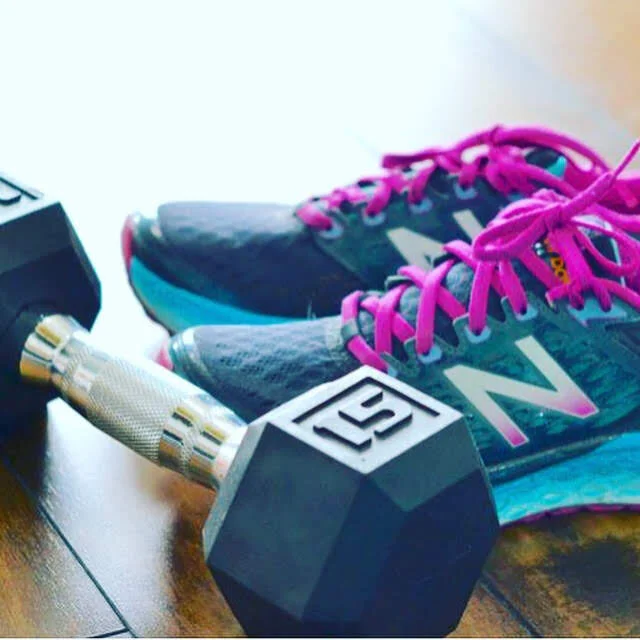

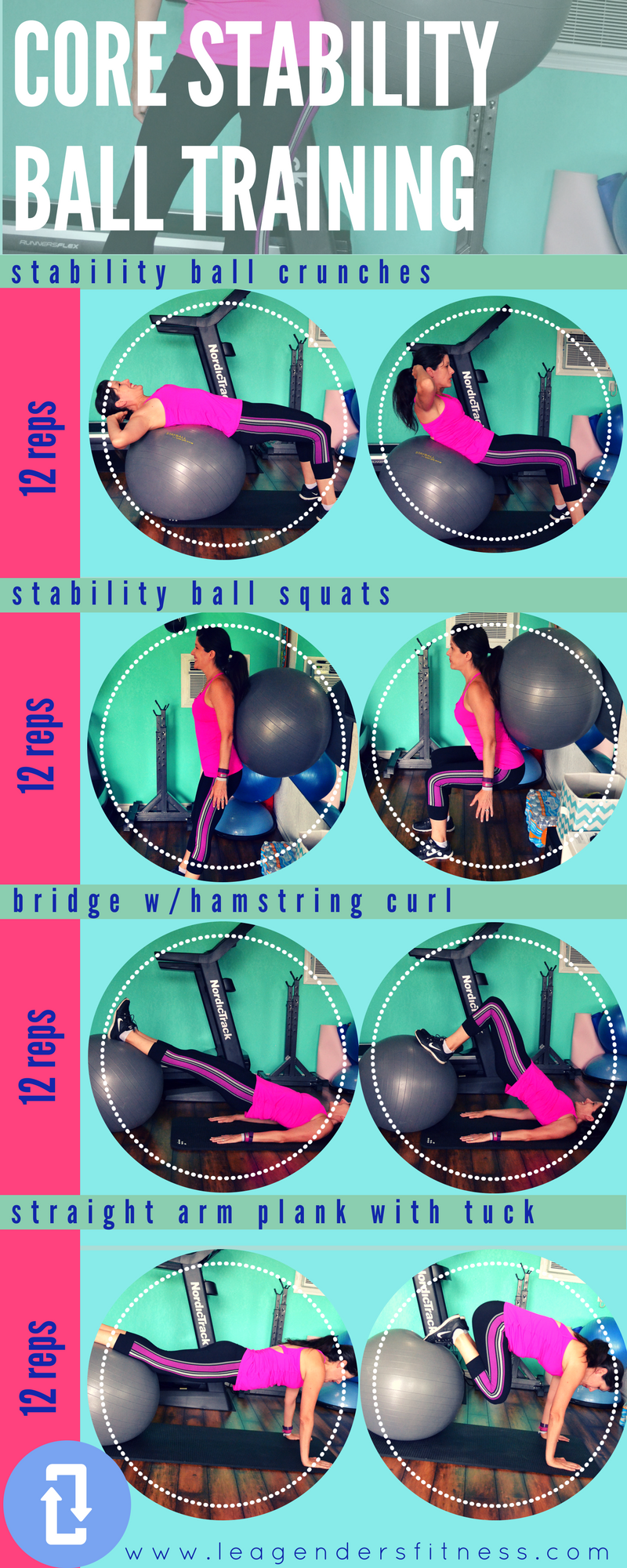


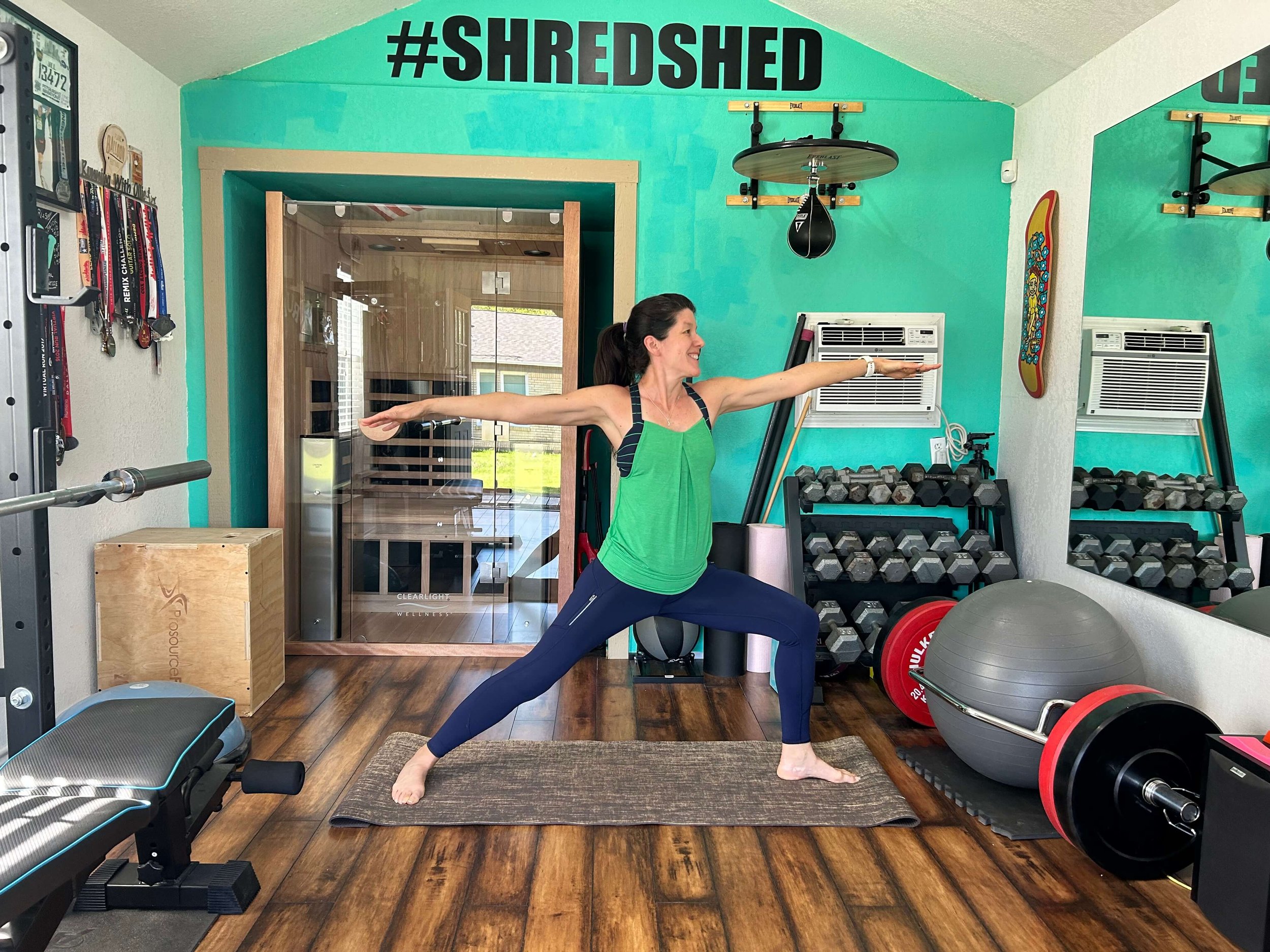

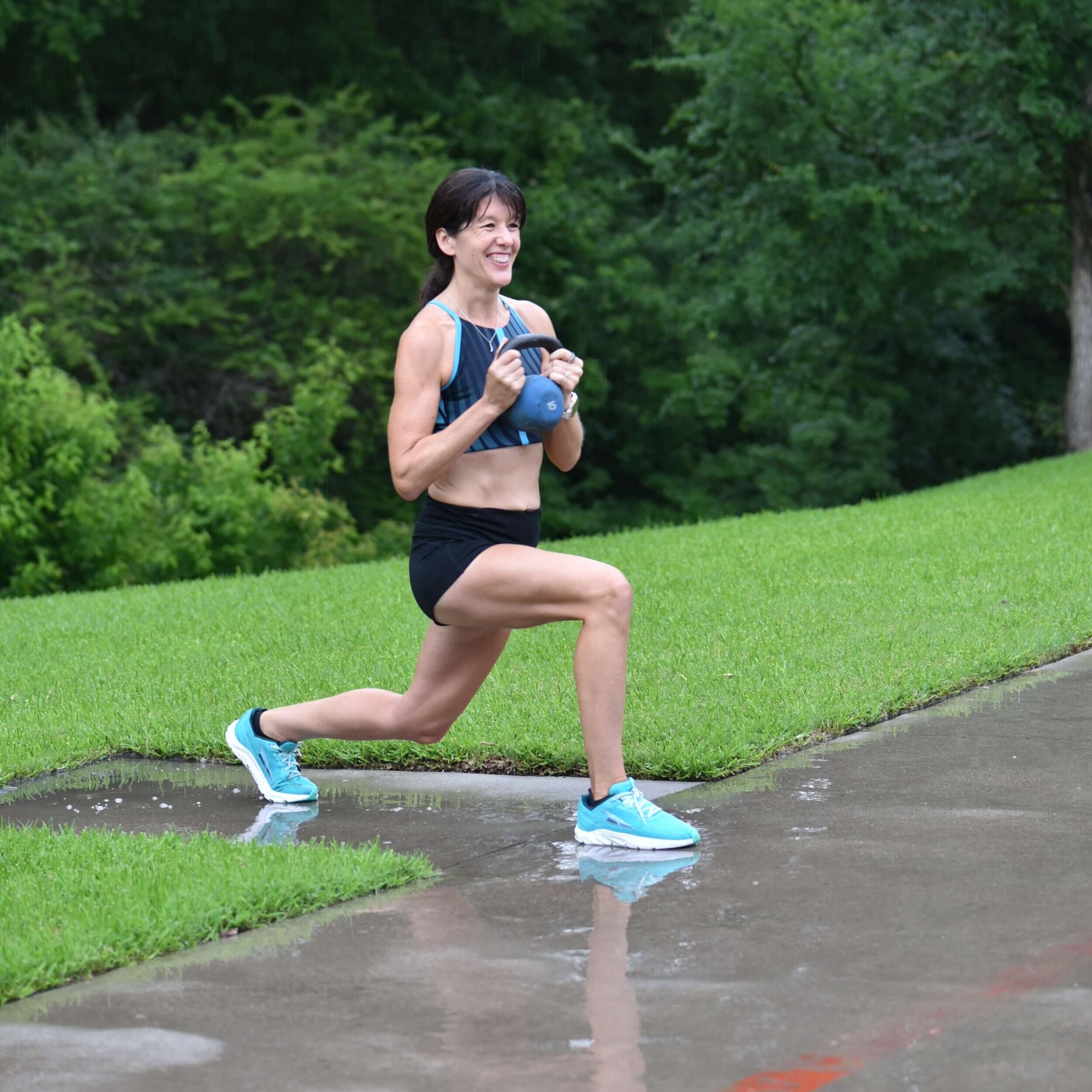

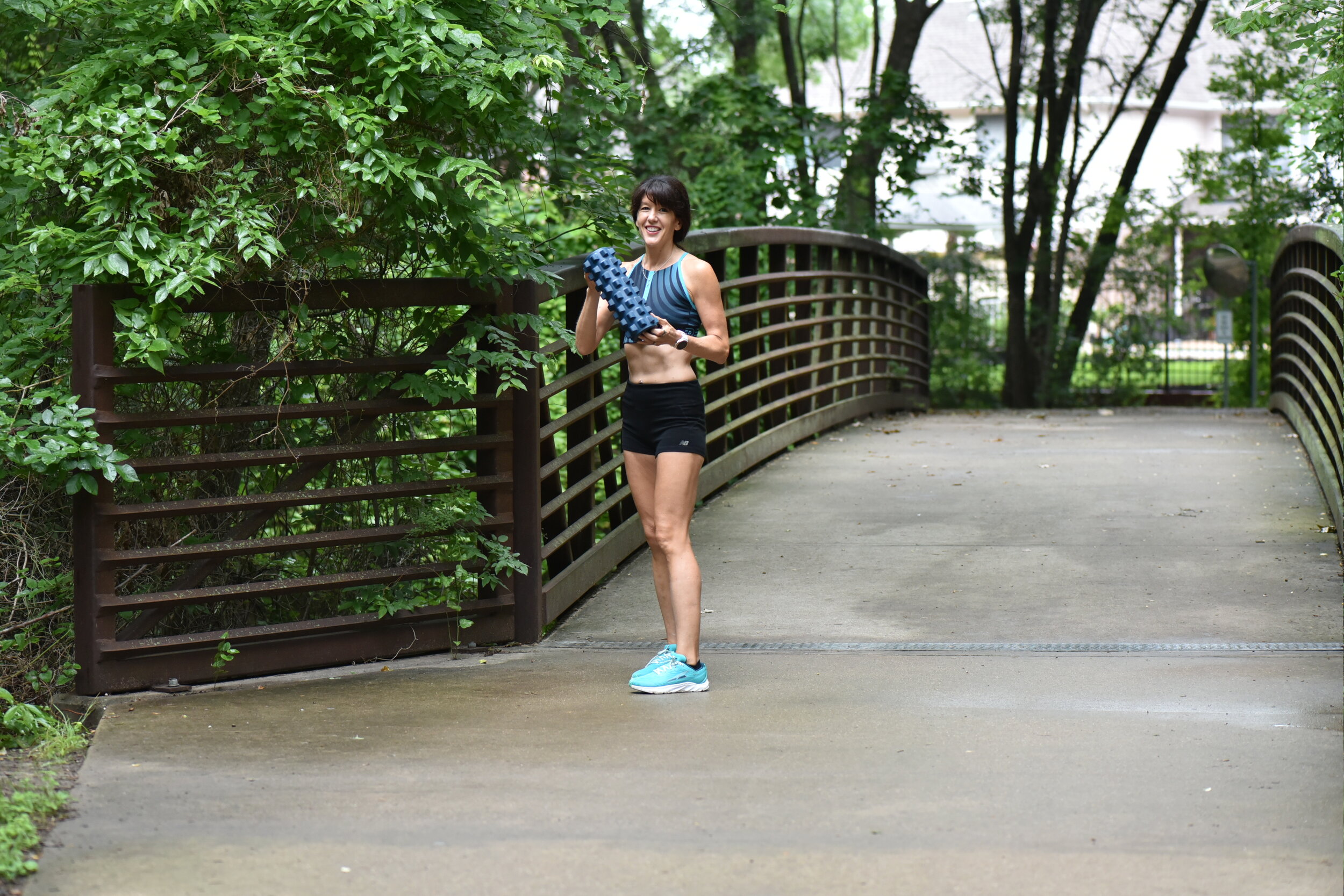
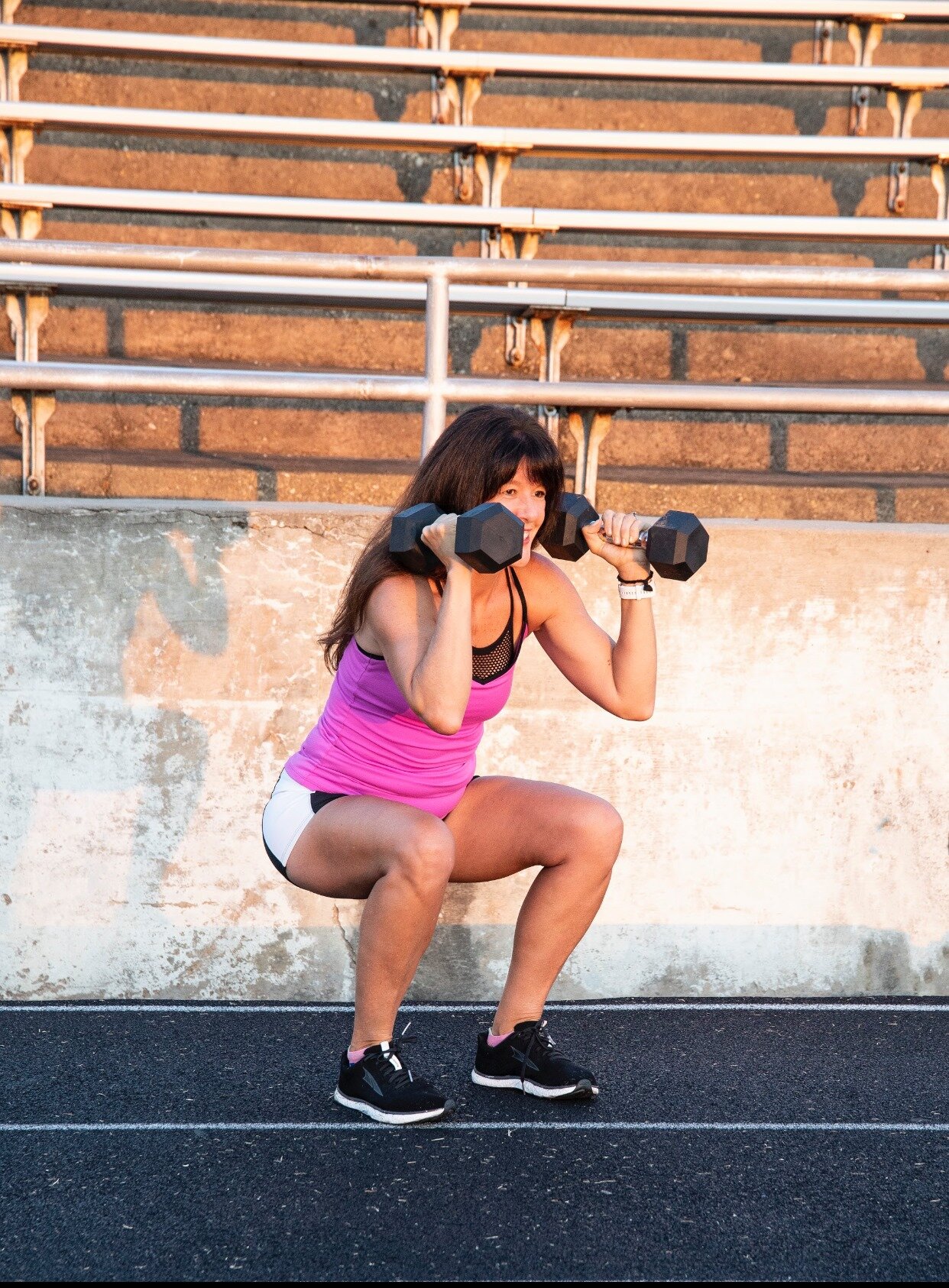





















I love cardio, running specifically. But after 30, it’s not enough to keep muscle, boost metabolism, or stay strong. Lifting doesn’t replace your favorite workouts, it helps you run, ride, and move better, so you can keep doing what you love for years to come. download my free three week strength training program to get started.